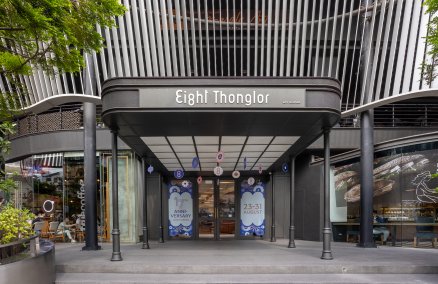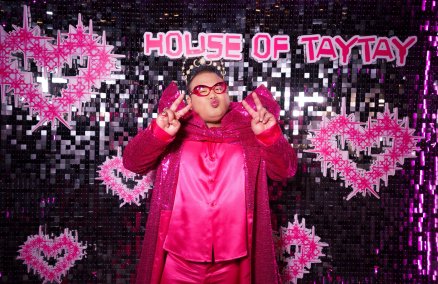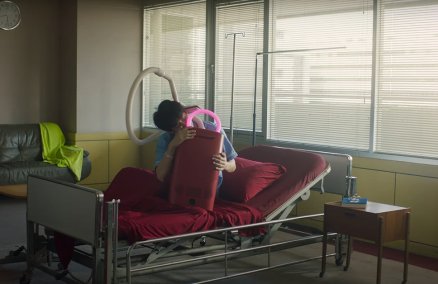When did you start working on the design of the royal crematorium?
Korkiat: Since the evening of Oct 13 last year, when the government announced the passing of King Bhumibol. I got a call from a group of senior officers at the Fine Arts Department, who ordered me to design the royal crematorium. Theerachat and I had just 18 hours to deliver the designs by 1pm the next day. It was a tormented moment. We didn’t want to do it. We were crying while making the designs. We wanted to believe he hadn’t passed away but had to face the truth and do our duty. We worked all night and created 3-4 designs, but still felt like we didn’t have the right one.
So what was it you were looking for?
Korkiat: At around 4am, I looked at a board in my working space and found a picture of Phra Mahathat Chedi Phakdi Prakat, the grandiose pagoda at Ban Krut in Prachuap Khiri Khan province. It has nine crests that stand independent from each other. So I drafted the first design at 80 meters high with a 120-meter-wide base, but it was too large for Sanam Luang. Eventually we redesigned it to be 50 meters high and 70 meters wide, including ponds at the base matching the number of years HM King Rama 9 reigned. Then I went for a nap and let Theerachat finish the draft. He didn’t sleep that night.
Theerachat: I didn’t want to sleep that night. I felt like it was my last chance to live in the reign of King Rama 9. By morning, we would be in a new era, under a new king. I wanted to live in that moment as long as possible.
What elements guided your design?
Theerachat: Royal crematoriums are supposed to reflect the honor of the royal family. This is for the king, so it has to show the highest prestige, drawing its main concept from Thai Buddhism’s Traibhumikatha [Three Planes of Existence]. The crematorium imitates Phra Sumeru Mountain, the location of the highest heaven on earth, Daowadueng [Trayastrimsa in Sanskrit]. It’s the place where we Buddhists believe the spirit of our king, the incarnation of the Supreme Being Narayana, will return.
Korkiat: Each pattern, each level, each mandapa [pillared pavilion] will be filled with gods from the Traibhumikatha and mythical creatures from the Himapan Forest, which is also reflected with the Anodad Pond at the crematorium’s base. There are over 600 sculpted pieces. Working on a scale like this normally takes three years, but everything must be done in less than a year.
How will you manage it?
Theerachat: We have used a lot of new construction technologies. In the past, royal crematoriums would be built entirely from wood. Now, we’ve encompassed metal structures that can be manufactured at the factory then assembled on-site.
How did you decide on the correct artistic style?
Korkiat: We worked closely with the Fine Arts Department’s Office of Traditional Arts, also known as Chang Sib Mu, to find the a style that reflects the Thai arts in the King Rama 9 era. They decided we should use the same mural style as found inside Phra Buddha Ratana Sathan [Rama 4 Chapel], for which King Bhumibol assigned the Fine Arts Department to draw new murals. The new style is really life-like, showing human anatomy and shadows, unlike the old, flat murals of 1999. Many people ask: what is Thai contemporary art? We will only know when the present era ends, but this crematorium represents the apex of Thai arts in the here and now. Interview by Monruedee Jansuttpan















